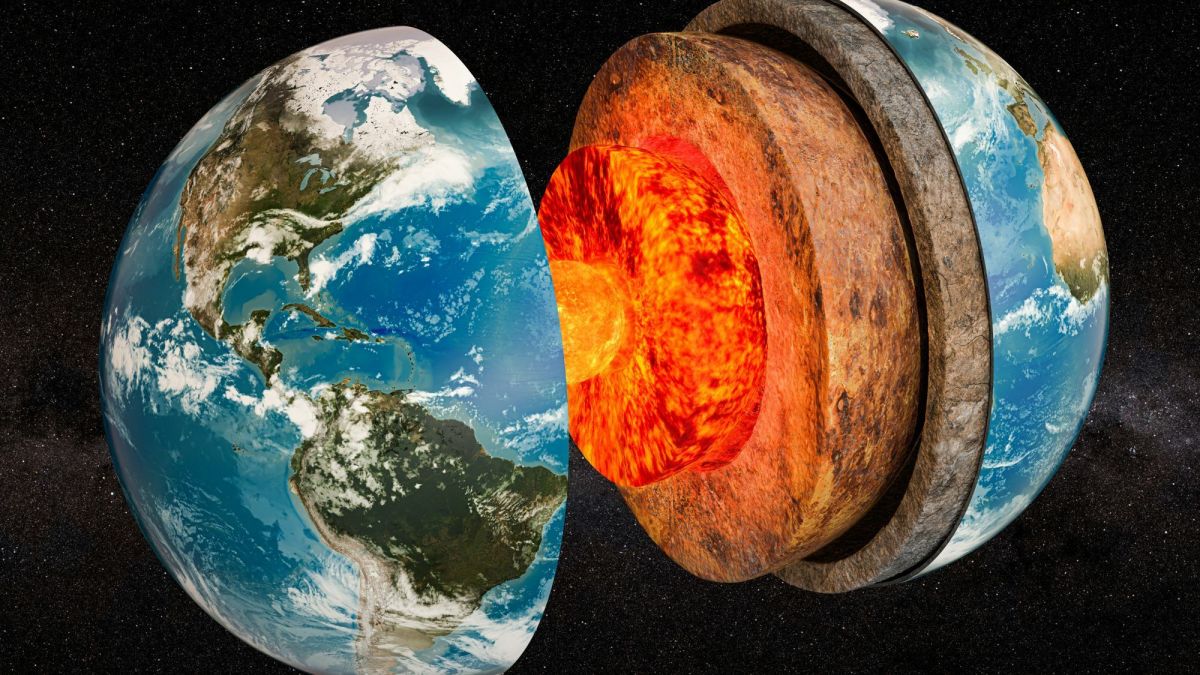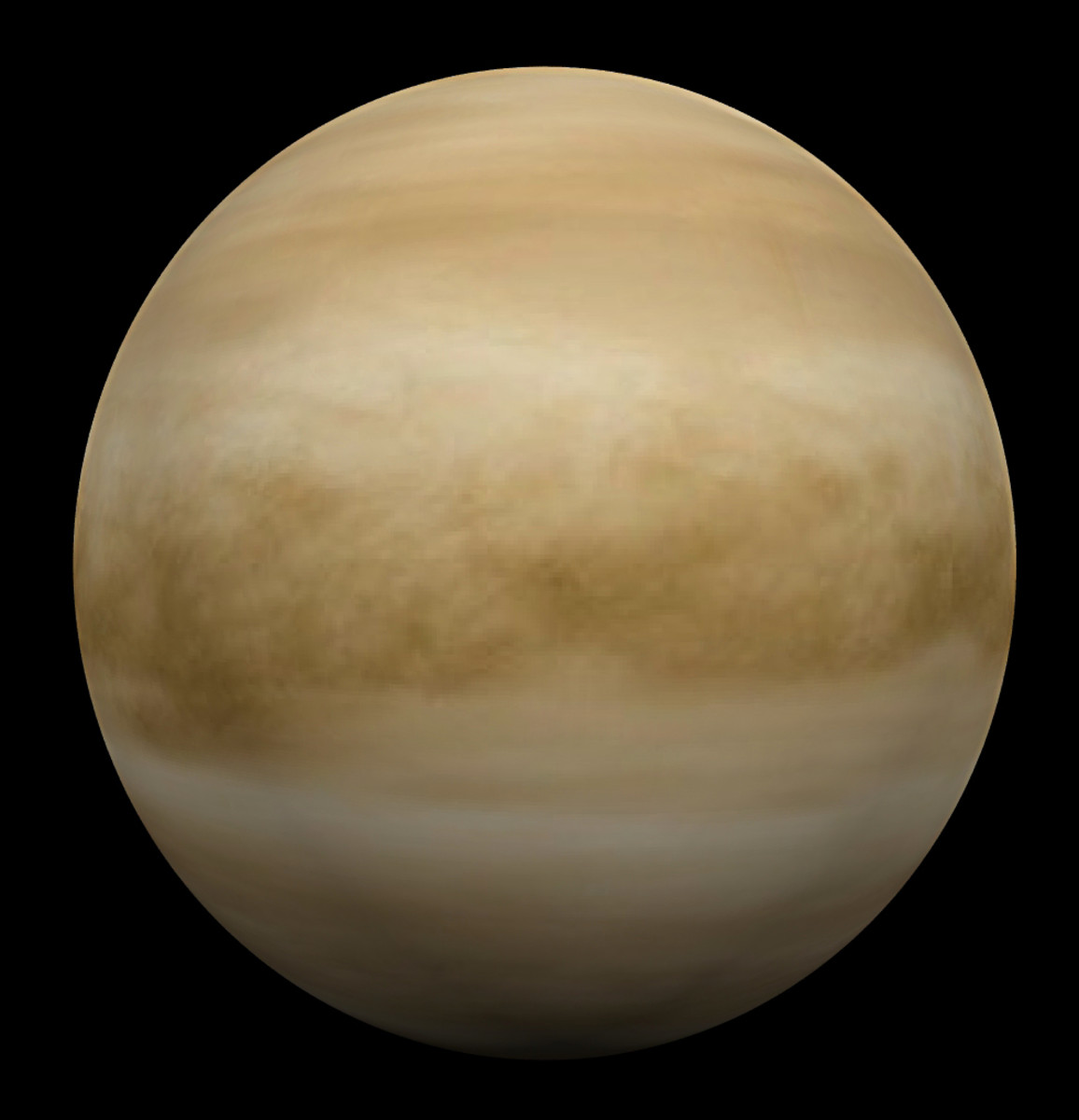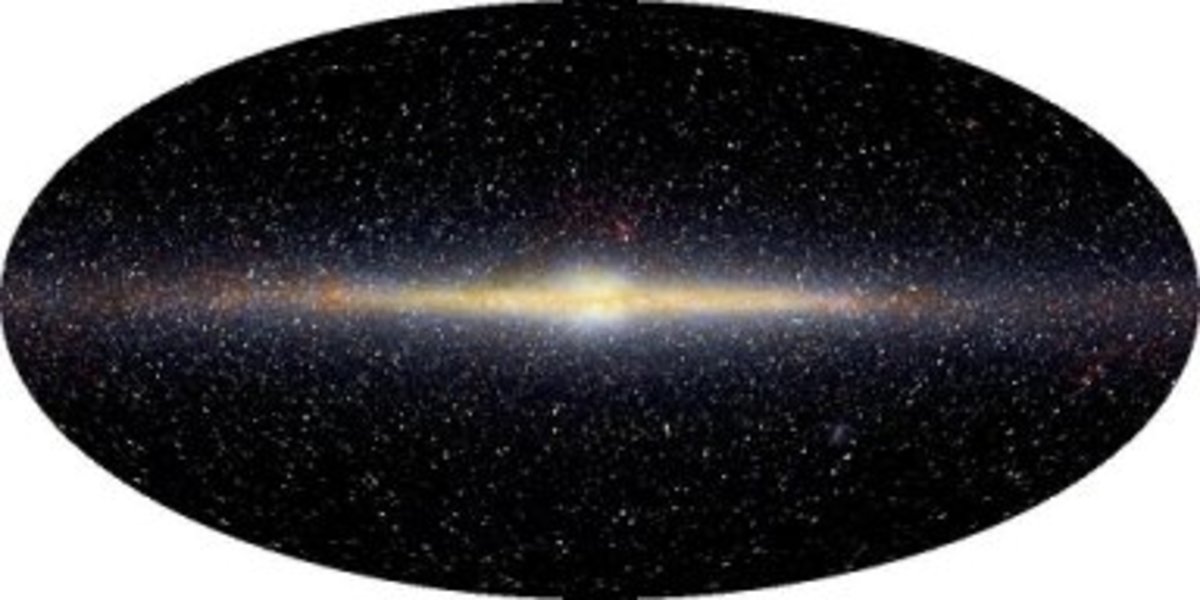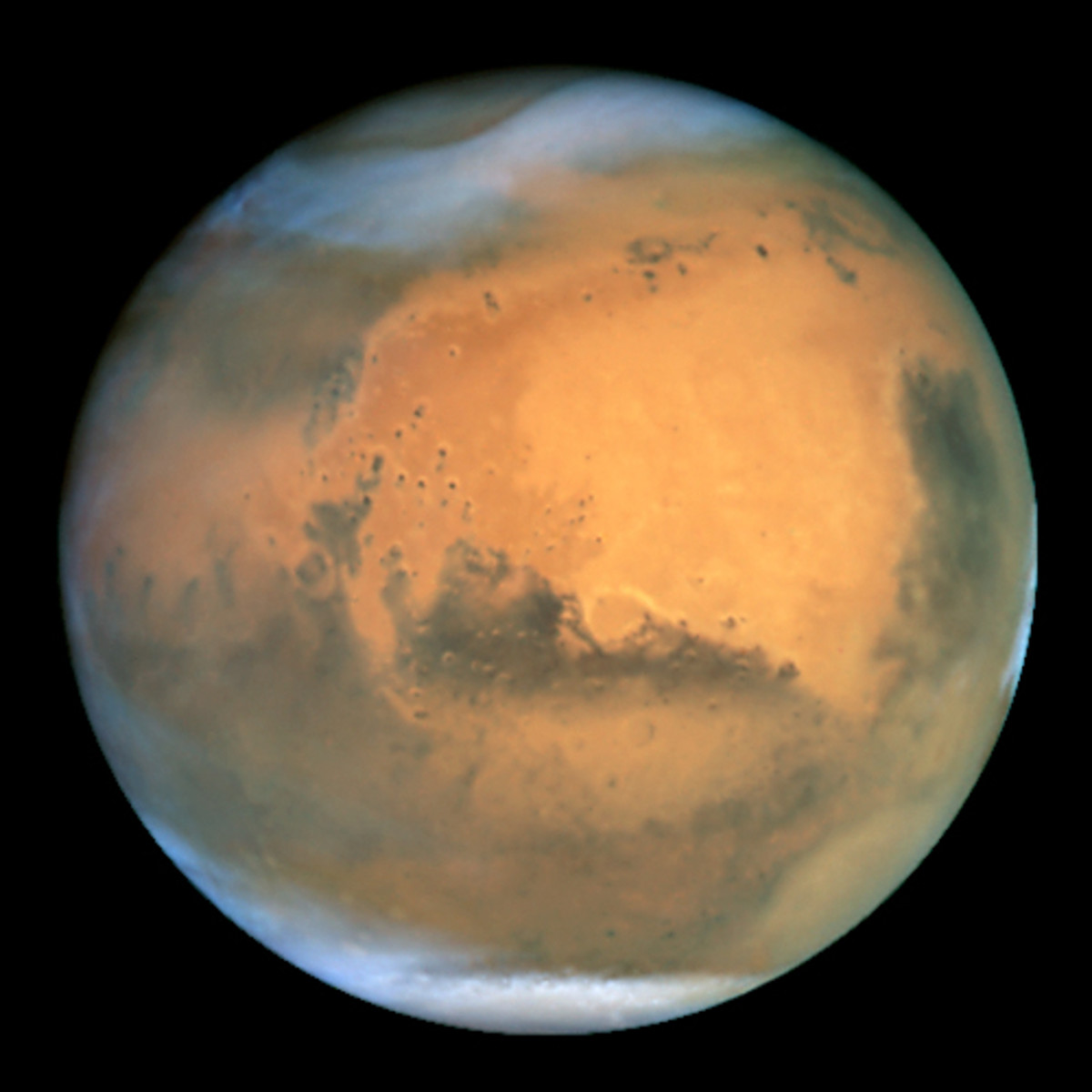From Earth to Mars
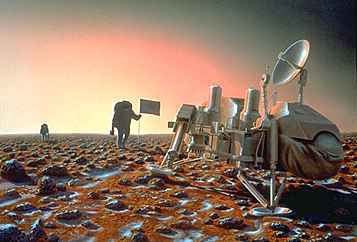
The Red Planet has generated a lot of news in the last decade or so. Starting with the Mars Rover Pathfinder, in 1997, and continuing with Spirit and Opportunity in 2004, NASA has stepped up its missions to Mars.
In recent years, many in the scientific community have put forth the proposition that mankind should once again move beyond Earth's orbit and visit another world. The planet most often cited as the perfect destination is Mars.
Mars Direct
Perhaps the most outspoken proponent of a manned mission to Mars is the aerospace engineer and author Robert Zubrin. Zubrin collaborated with David Baker in the late 1980's and the duo crafted a proposal for a cost-effective mission to Mars called, Mars Direct.
Mars Direct required two modules and it proposed launching them in stages. The first stage would be the Earth Return Vehicle (ERV) and the second stage (26 months later) would be the Mars Habitat Unit. The ERV would be responsible for converting the CO2 found in the thin Martian atmosphere into methane and oxygen propellant. This was an ingenious solution to one of the major hurdles to a manned mission to Mars: the rocket fuel required to get the crew to Mars and back again would have rendered the craft too heavy to launch.
Why Mars?
Why Mars indeed. Venus is half the distance from the Earth that Mars is, why not target Venus?
Well, Venus is a most hostile environment. The average surface temperature is about 855 degrees Fahrenheit, and the atmosphere is primarily sulfuric acid. Not a pleasant place to be sure, but also not a very easy place to survive.
This leaves us with Earth's next closest neighbor: Mars.
Although Mars is on average twice as far from the Earth as is Venus, it is reachable in 6 months due to the apparent retrograde of its orbit. This retrograde is most easily understood if one thinks of Mars and Earth as race cars circling the sun. Each planet is in a different track and since the Earth is closer to the sun, its track is shorter. Because it's shorter, the Earth passes Mars every 26 months or so. It is when Earth passes Mars that the two planets are typically at their closest.
The case for Mars goes beyond just its nearness to Earth however. Mars shares a number of physical characteristics with the planet we call home. It has approximately half the radius of Earth and a tenth of the mass. Mars is only the 7th largest planet in the solar system. Earth is the 5th largest, so Mars is pretty close in size to Earth, on an astronomical scale.
Like Earth, Mars has a rich geography and is home to many geologically prominent features such as Olympus Mons, Valles Marineris and Tharsis. Olympus Mons is the largest known mountain in the solar system and rises some 24 km (78,000 ft.) in height. Valles Marineris is a system of canyons approximately 4000km in length and 2-7km deep. And Tharsis is a "bulge" on the surface of Mars that is about 4000 km across and 10 km high.
There are also a number of orbital characteristics that make Mars attractive.
The Martian year is approximately 2 Earth years long (687 Earth days). This is a direct result of its greater distance from the sun. While this isn't as close to our 365 day year as Venus (225 Earth days in a year), the Martian day is strikingly similar to our own: 24 hours, 39 minutes, and 35 seconds.
Mars also has seasons like the Earth. This is because Mars tilts on its axis at 25.19 degrees, which is very close to Earth's tilt ( 23.5 degrees). Although its tilt is similar, seasons on Mars last about twice as long as Earth's seasons due to Mars' longer year.
Challenges:
Even though Mars has some similarities to Earth, a manned mission to The Red Planet would not be without significant challenges to overcome.
For instance, the surface temperature on Mars varies greatly from about -133 C (-207 F) to almost 27 C (80 F), with an average temperature of about -55 C (-67 F).
While Earth has a magnetic field that protects its atmosphere from solar winds, Mars has no such field. This lack of protection means that the solar winds constantly erode the atmosphere, leaving Mars with a very thin atmosphere. The atmosphere composition is primarily Carbon Dioxide (95.3%), Nitrogen (2.7%) and Argon (1.6%) with traces of oxygen and water. The average air pressure on the surface is less than 1% that on Earth. This means that astronauts would need to be sheltered from the atmosphere constantly.
Because of Mars' thin atmosphere and low air pressure, liquid water cannot exist on the surface. That doesn't mean there is no water on Mars however, there are large amounts of frozen water in both polar ice caps. Locating and tapping these ice repositories so they could be melted would be another important hurdle to overcome.
But the space program is about challenges. It's the ultimate risk and reward. It's the natural extension of the curiosity that defines humankind. The rewards are worth the risk.



